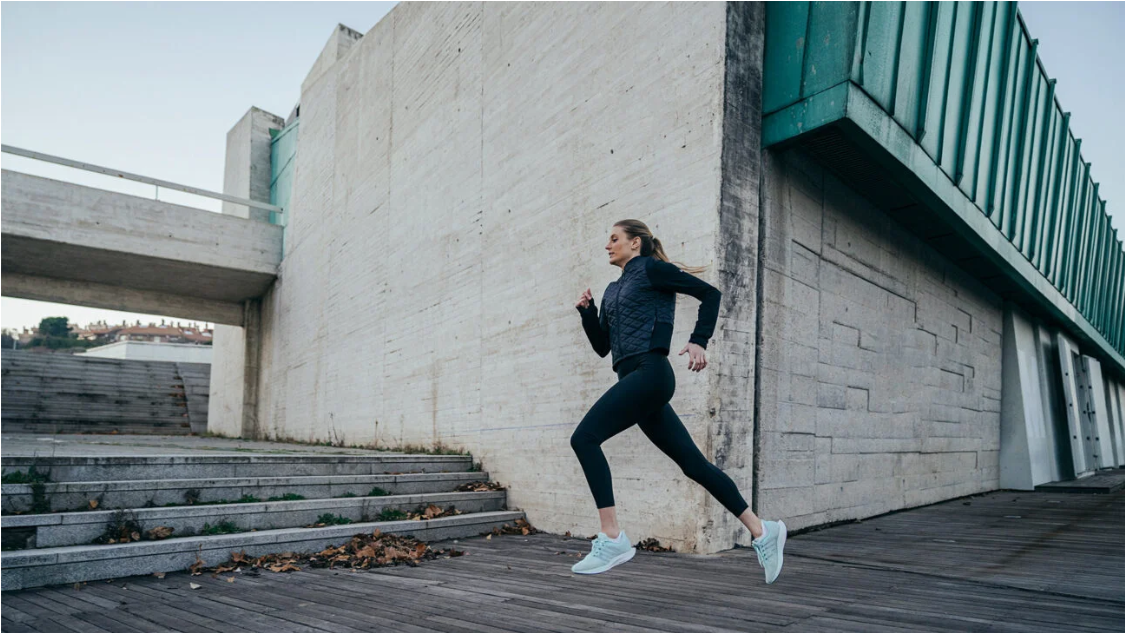Running is a simple and effective sport that can improve cardiopulmonary function, relieve stress and improve sleep quality. However, the impact of running on the knees has always attracted much attention. Many people worry that running will damage the knees or even cause arthritis. This article will clarify the relationship between running and knee health based on scientific research and provide practical suggestions for protecting the knees.
1. Running itself does not hurt the knees
Running is not the “enemy” of the knees. What really hurts the knees is the wrong running posture and overtraining. Most running-related knee problems are “overuse injuries”, that is, the body fails to adapt to the training intensity that increases too quickly or lacks sufficient recovery time, resulting in excessive pressure on muscles, bones, joints and cartilage.
Key points:
- Incorrect running posture (such as landing on the heel first, leaning forward, etc.) can easily cause knee pain.
- Too fast a surge in training volume and lack of rest increase the risk of injury.
2. Scientific research reveals the impact of running on the knee
- An 18-year study tracked long-distance runners and non-runners, and the results showed that the incidence of knee osteoarthritis in runners was lower than that in non-runners (20% vs 32%).
- Computer models and gait analysis show that running does put a greater load on the knee, but this load prompts the bones and cartilage to adapt and strengthen the knee structure.
- For people who already have mild knee injuries, moderate running may improve some bone injuries, but it may also increase the wear of patellar cartilage.
- Overall, running does not increase the risk of knee pain, but may have a protective effect.
3. Other factors affecting knee health
- Running posture: Maintain a good posture, look straight ahead, bend your arms naturally about 90 degrees, walk briskly and land on the sole or midfoot, and avoid hitting the ground with your heels.
- Running shoe selection: Suitable running shoes should be selected according to foot shape, gait and running distance, with good cushioning and support. Foot measurements and advice from a professional running store are very important.
- Running venue: Softer surfaces (such as grass, woodchip trails or treadmills) can reduce the impact on the knee, while hard surfaces (such as cement and asphalt) have greater impact and are relatively more risky.
4. Warning signs of knee pain and common injuries
If you feel pain in front of, around or behind the knee while running, you should stop exercising immediately and rest. Common running-related knee injuries include:
- Runner’s knee (patellofemoral pain syndrome): Pain caused by compression of the cartilage between the patella and femur.
- Iliotibial band syndrome (ITBS): Too tight iliotibial band causes pain on the outside of the knee.
- Jumper’s knee (patellar tendonitis): Inflammation of the patellar tendon and pain in the front of the knee.
- Bursitis: Inflammation of the bursa in the knee, swelling and pain.
If the pain persists, you should seek medical attention in time to avoid worsening the injury.
5. Practical suggestions for protecting your knees
- Gradual progress: Follow the principle of “increasing running volume by no more than 10% per week” to avoid overtraining.
- Warm-up and stretching: Do dynamic stretching before running and static stretching after running to keep your muscles flexible.
- Strengthen muscle strength: Especially the front and back thigh muscles and core muscles to improve knee stability.
- Wear knee pads: Such as knee sleeves to provide additional support and protection.
- Choose a suitable surface: Give priority to soft running tracks to reduce impact.
- Pay attention to body signals: Rest in time when pain occurs to avoid forcing yourself.
Don’t give up running because you are worried about knee injuries. Scientific research shows that running itself is not harmful to the knees, but beneficial to health. As long as you maintain the correct posture, arrange your training reasonably, and choose the right equipment and surface, running will become a good way for you to strengthen your knees and improve your physical fitness. Listen to your body, respect recovery, and let running become your partner in a healthy life.

Leave a Reply